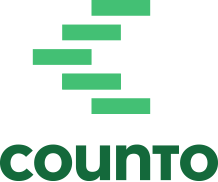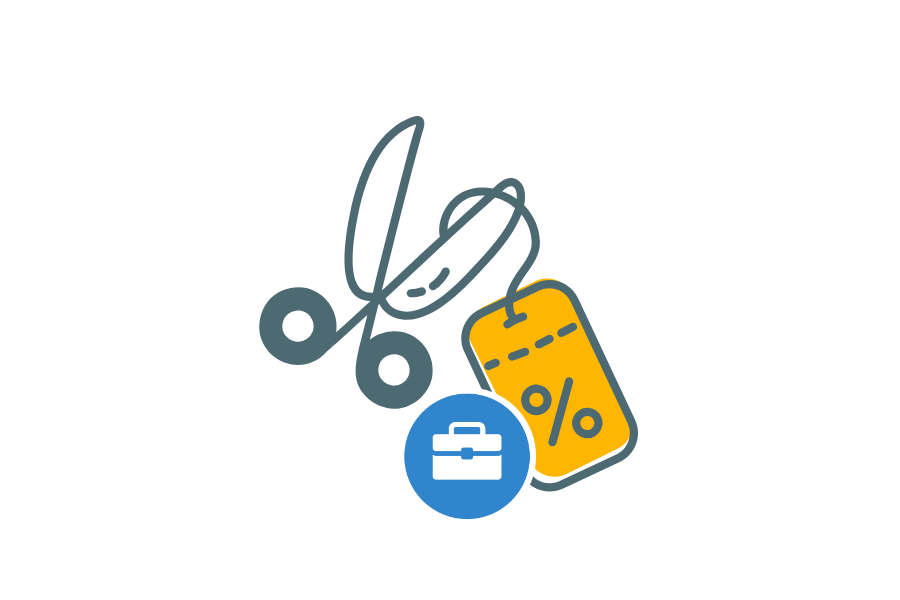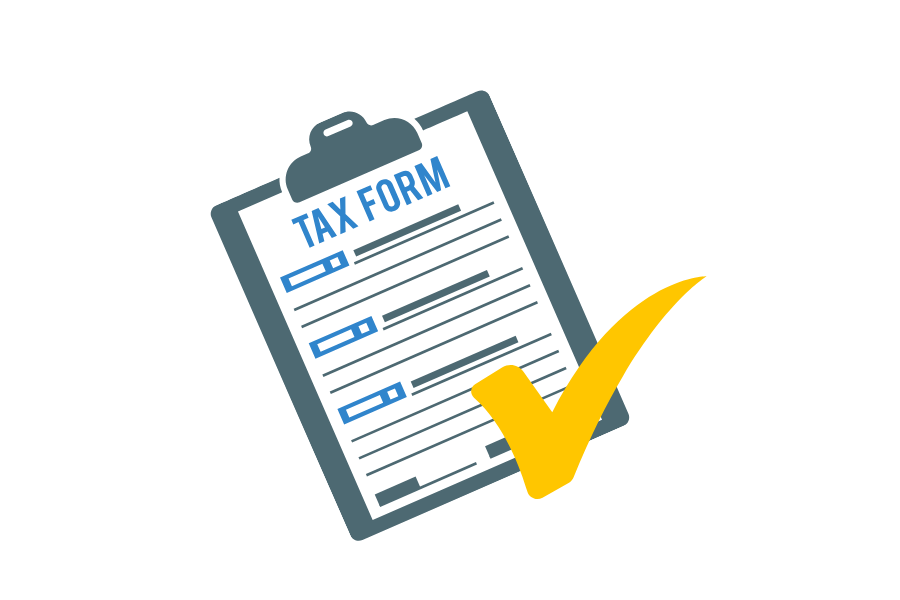Loans for Small Businesses in the US: Choosing the Right Option for Growth
As a small business owner in the US, securing the right financing is a pivotal factor in your company’s success. Whether you’re launching a startup or looking to scale your operations, understanding your loan options is crucial to making informed decisions.
In this blog, we’ll explore various loans for small businesses in the US and provide guidance on evaluating which option best aligns with your goals.
Why Loans for Small Businesses in the US Matter
Securing financing is often necessary for covering startup costs, managing cash flow, purchasing inventory, or expanding your business. However, getting a loan can be a daunting task. It’s essential to choose a financing option that meets both your short-term and long-term business needs.
Loans for small businesses in the US can help alleviate cash flow issues and provide the capital necessary for growth. To help you make the best decision, let’s take a closer look at the most common loan options available.
1. Traditional Bank Loans
Bank loans are one of the most popular financing options for small businesses in the US. These loans offer larger amounts with competitive interest rates and long repayment terms. However, qualifying for a bank loan can be challenging due to strict requirements.
Pros:
- Lower interest rates: Compared to other loans, bank loans often offer lower rates, reducing the cost of borrowing.
- Flexible loan terms: Banks offer a variety of loan sizes and terms, allowing businesses to choose what works best for their cash flow.
- Established relationships: Having an existing relationship with a bank can make the loan process quicker.
Cons:
- Strict qualifications: Banks typically require excellent credit and substantial collateral, which can be a barrier for newer businesses.
- Lengthy approval process: The approval process can take weeks or even months, which may not work for businesses needing immediate funds.
2. Small Business Administration (SBA) Loans
SBA loans are government-backed and designed to help small businesses in the US secure financing. These loans are guaranteed by the SBA, which reduces risk for lenders, making it easier for small businesses to qualify.
Pros:
- Lower down payments and interest rates: SBA loans generally offer more favorable terms than traditional bank loans.
- Longer repayment terms: These loans typically come with longer repayment periods, easing cash flow.
- Reduced risk for lenders: SBA guarantees make it easier to secure a loan, even with less-than-perfect credit.
Cons:
- Lengthy approval process: Similar to traditional loans, SBA loans can take weeks to approve.
- Detailed paperwork: The application process requires significant documentation, including business plans and financial records.
3. Business Lines of Credit
A business line of credit is a revolving loan that works similarly to a credit card. You can borrow funds up to a specific limit and only pay interest on the amount you borrow. This option is ideal for managing day-to-day cash flow.
Pros:
- Flexible borrowing: You can borrow and repay funds as needed, making it an excellent option for short-term expenses.
- Revolving credit: As you repay the balance, your credit limit is replenished, providing access to funds when needed.
- Quick access: Once approved, you can access funds quickly through checks or a credit card.
Cons:
- Higher interest rates: Lines of credit tend to come with higher interest rates than traditional loans.
- Limited funding: Borrowing limits may be lower than with traditional loans, depending on creditworthiness.
✅ Still doing accounting the old way? Your competitors aren’t. Counto’s AI handles the boring stuff while experienced accountants ensure everything’s perfect. See the future of accounting here.
4. Online Lenders and Alternative Financing
Online lenders and alternative financing platforms are increasingly popular for small businesses in the US. These lenders provide fast and flexible loan options, including term loans, lines of credit, and invoice financing.
Pros:
- Quick approval: Online lenders typically approve loans within a day, ideal for businesses needing fast access to capital.
- Less stringent qualifications: These lenders may offer more lenient qualification requirements, helping businesses with lower credit scores.
- Flexible terms: Many online lenders provide a variety of loan options with customizable repayment terms.
Cons:
- Higher interest rates: While convenient, online loans often come with higher interest rates than traditional loans.
- Shorter repayment periods: Many online loans have shorter repayment terms, which can increase monthly payments.
5. Merchant Cash Advances (MCAs)
A merchant cash advance is an alternative financing option where businesses receive a lump sum in exchange for a percentage of future sales. MCAs are often used by businesses with fluctuating revenues.
Pros:
- Fast funding: MCAs offer quick approval and funds, typically within 24-48 hours.
- Flexible repayments: Payments are based on a percentage of daily credit card sales, so they adjust to revenue changes.
Cons:
- High costs: MCAs tend to have very high fees and interest rates, making them one of the most expensive financing options.
- Impact on cash flow: Daily payments can eat into revenue, affecting your business’s cash flow.
6. Crowdfunding
Crowdfunding allows businesses to raise small amounts of capital from many people via online platforms. It’s particularly useful for businesses with innovative products or those seeking community support.
Pros:
- No debt or equity to give up: Unlike loans, crowdfunding doesn’t require taking on debt or giving up equity.
- Marketing exposure: Crowdfunding can act as a marketing tool, raising awareness and generating buzz before your business even launches.
Cons:
- Uncertain success: Not all crowdfunding campaigns reach their funding goals.
- Time-consuming: Running a successful campaign requires time and effort to market your idea and attract backers.
7. Evaluating Loans for Small Businesses in the US
When choosing a loan for your small business in the US, here are some key factors to consider:
- Amount of funding needed: Make sure the loan amount fits your business’s needs.
- Repayment terms: Choose terms that align with your cash flow. Longer repayment periods may ease monthly payments, while shorter terms could be more costly in the long run.
- Interest rates and fees: Compare the cost of borrowing across different options to ensure you’re getting the best deal.
- Speed of funding: If you need quick access to funds, online lenders or MCAs might be better suited to your needs.
- Eligibility: Evaluate whether you meet the qualification requirements for each loan type.
Summary
Securing the right loan for your small business is essential for success and growth. By exploring traditional bank loans, SBA loans, lines of credit, online lenders, and alternative financing options, you can choose the best loan to meet your business needs. Carefully evaluate loan terms, interest rates, and repayment structures to ensure your decision aligns with your long-term business goals.
Modern Accounting That Finally Gets Your Business
Running a small business means wearing too many hats. Your accounting shouldn’t add to that burden. Yet traditional bookkeeping services keep asking the same questions month after month.
Counto delivers outsourced accounting that gets smarter over time. Our AI platform learns your unique business patterns and automatically handles daily transactions, while expert accountants ensure everything’s accurate. With direct WhatsApp access to your Customer Success Manager, you get enterprise-level financial management without the enterprise price tag.
Experience accounting that works as hard as you do. Our small business clients cut bookkeeping time by hours and never miss a tax deadline. Ready for accounting that understands your business? To get started, speak to us directly on our chatbot, email [email protected], or use our contact form.







